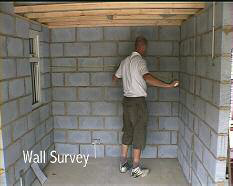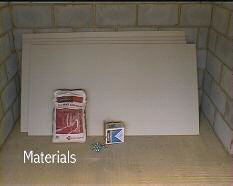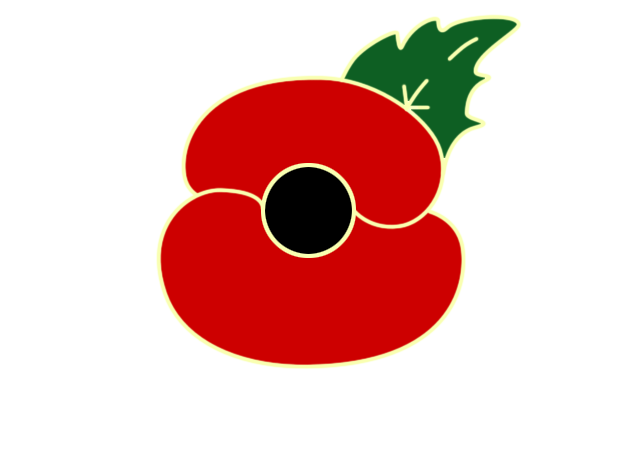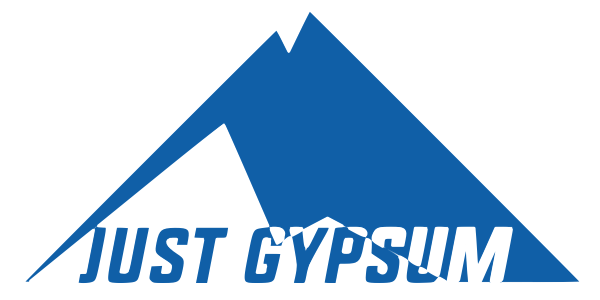Plaster Boarding
Firstly, carry out the surveyto determine the quantity of materials to be used and decide upon the size andthickness of the plasterboards. It is important not to over calculate or under calculate,allow 10% for cut-off waste.
The measurements for this room have brought us to conclude that we will use:-6 x 3 (1800 x 900) SE square edge boards for the ceiling8 x 4 (2400 x 1200) SE square edge boards for the walls.
The thickness we prefer is 12.5mm. Fix the boards ivory side out.
When fixing boards to joists, the boards should be set in a staggered pattern across thejoists and not be allowed to overhang the joists at any point. See fig 1.
The boards should be finished to the middle of a joist so the next board can buttagainst this for fixing. See fig 2, The fixings can be galvanised clout nails, powdercoated screws or stainless steel screws. Screws are best, by way of a portable drill.
The fixings across the board should be set between 150mm and 200mm or a stretchedhand ‘finger to thumb’ rule.
Before you begin, you need to check the level and flatness of the joists. If the joistsare up and down when you raise your featheredge across them, then you should packout the joists so they are flat. You could pull a string line across the joists to determinehow flat the joists are.
If the job is refurbishment, ensure there are no nails left in the joists from the previousceiling, either lathed or boarded.
Mark the wall with a pencil, or chalk where the centre of the joist ends, this will beinvaluable for large ceilings.
When fixing to walls, either with dot and dab or by fixing to timber stud work ormetal furlings, it is a good idea not to let the board travel to the floor (unlessspecified). Keep the board off the floor by around 10mm. This will allow formovement and protect the wall against spillages and damp.
 Carry out the survey, this determinesthe type and quantity of materials tobe used, if you over calculate youmay lose the job, if you undercalculate you may not be preparedon the day, remember to add 10%for cut off wasteCheck the walls for level and theceiling for equality across the joistsso that boards sit flush
Carry out the survey, this determinesthe type and quantity of materials tobe used, if you over calculate youmay lose the job, if you undercalculate you may not be preparedon the day, remember to add 10%for cut off wasteCheck the walls for level and theceiling for equality across the joistsso that boards sit flush
 12.5mm thickness boards lay flatter are easier to place and have better sound and fire protection than 9.5mm boards dry wall adhesive 25kg bags for direct bond application dry wall screws for joist or metal stud fixing be sure to check the date on powder products.
12.5mm thickness boards lay flatter are easier to place and have better sound and fire protection than 9.5mm boards dry wall adhesive 25kg bags for direct bond application dry wall screws for joist or metal stud fixing be sure to check the date on powder products.


